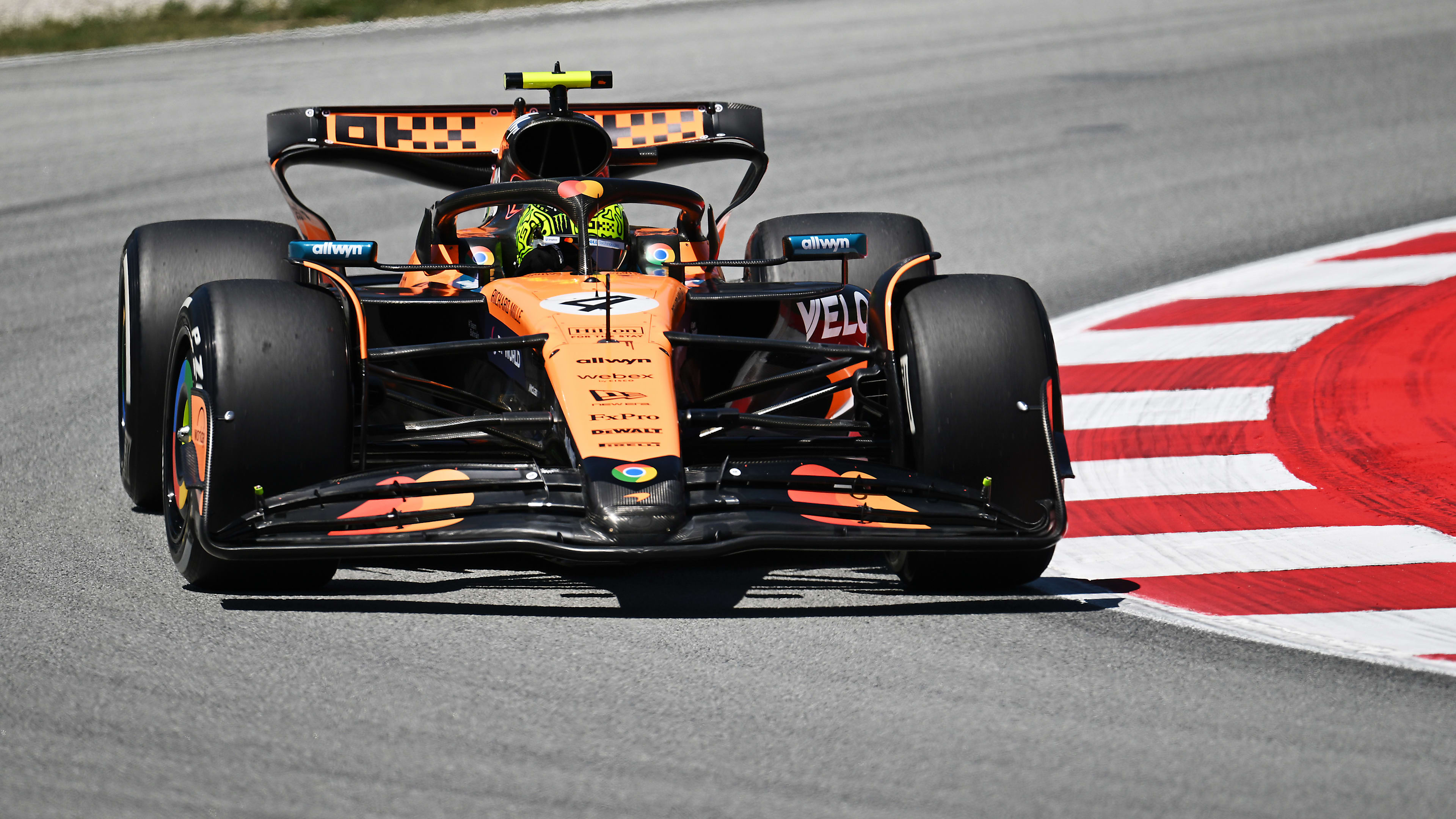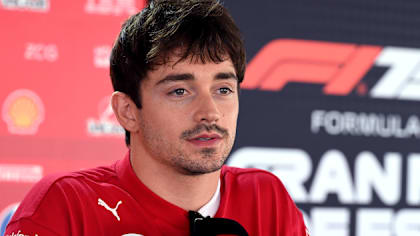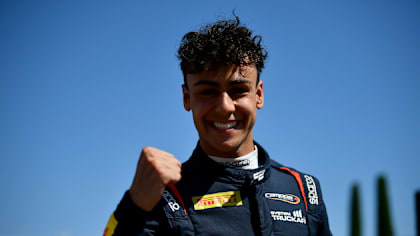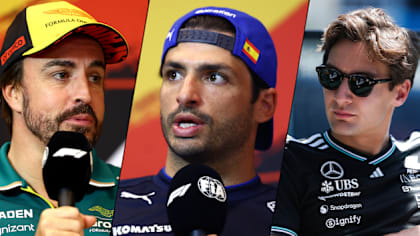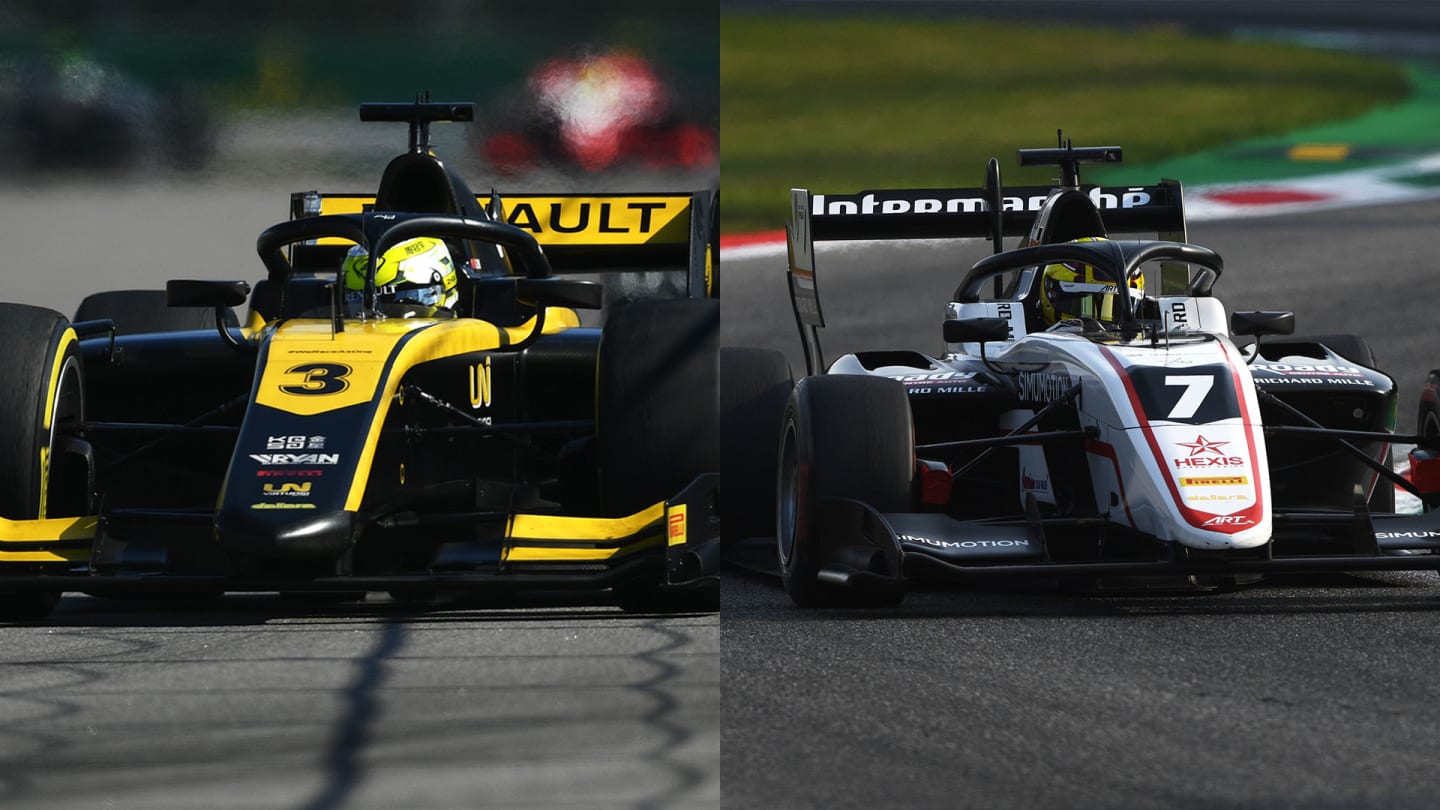
30 May - 01 June
Feature
8 key questions on Formula 2 and Formula 3’s new cost-cutting measures answered

Share

The Formula 2 and Formula 3 championships have unveiled a swathe of cost-cutting measures designed to make both championships more sustainable, which are set to come into effect from the start of the 2021 season. In the wake of the announcement, we analyse the biggest questions thrown up by the measures, with the help of the man responsible for instigating them, Formula 2 and Formula 3 CEO Bruno Michel.
What are the key cost-cutting measures?
The main targets for Bruno Michel and his team were:
- The separating out of the F2 and F3 calendars so that they run at different events
- Running less rounds for F2 and F3, but having three races at each round
- A freeze on renewing the F2 and F3 cars for the foreseeable future
- Decreasing the cost of leasing engines and spare parts via savings from key suppliers
- Reducing teams’ logistics and freight costs
So… F2 and F3 won’t be racing together next year?
No. Perhaps the key change coming for 2021 for fans is that Formula 2 and Formula 3 won’t appear at the same Formula 1 rounds – and for the foreseeable future too.
That might sound like an arbitrary change but, with all F3 teams bar Jenzer Motorsport also operating an F2 team, it means that a squad like PREMA Racing, for example, will have the option to use some of the 12 people allowed to work on the F2 car as part of the 11-person team who can work on the F3 car – where before, they’ve had to have a dedicated group of mechanics and engineers for both.
This, Michel hopes, will cut the teams’ budgets significantly, thanks to savings on personnel costs, travel, accommodation and so on.
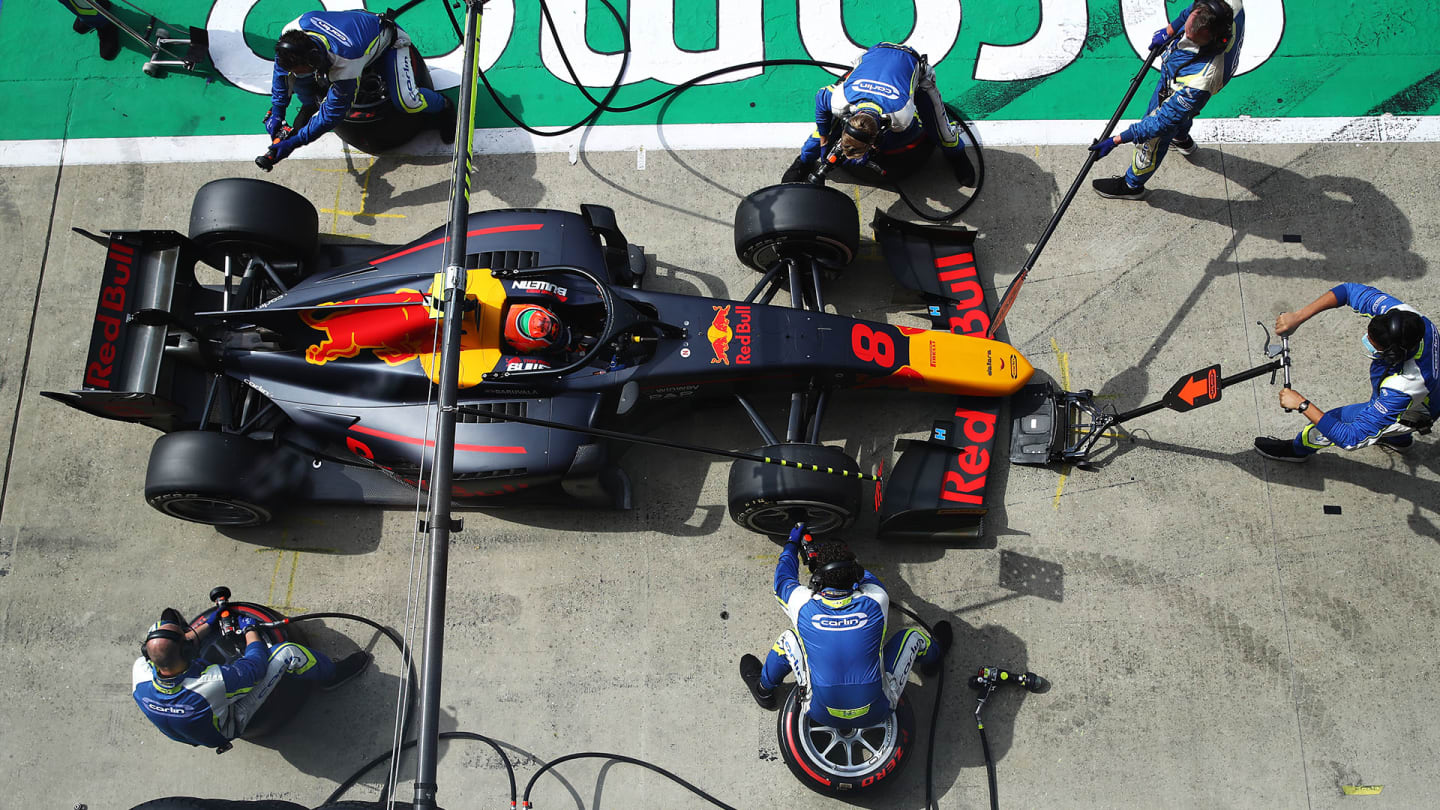
Teams will now be able to share personnel across their F2 and F3 squads
Does that mean F2 and F3 will have less races in a season?
More races, actually. Although the plan is for F2 to go down from 12 to eight rounds next year, and F3 from nine to seven, a move from two races to three per weekend – subject to approval from the World Motor Sport Council – will mean that F2 can still run 24 races, while F3 will actually increase from 18 races to 21 for 2021.
And there’s another benefit too. “It will be very prestigious for F2 because F2 will probably do more flyaway races,” says Michel, “but it's going to also enhance the image of F3, because F3 is going to become, on seven race weekends, the support race for Formula 1. So it also gives… a very, very strong image for F3.”
Why have these measures been brought in?
It won’t surprise you that the chaos wrought by Covid-19 has had a hand in these changes – but as Michel explains, there had already been a nascent plan to bring in cost-cutting measures anyway, despite both championships having been in relatively rude health.
“At the beginning of 2020, before the Covid arrived, it was quite remarkable,” says Michel, “because the championship looked very healthy, the teams all had their drivers with proper budget and every driver was almost signed before the end of 2019.
READ MORE: How F1’s feeder series dealt with Covid-19 – and prepared to go back to racing
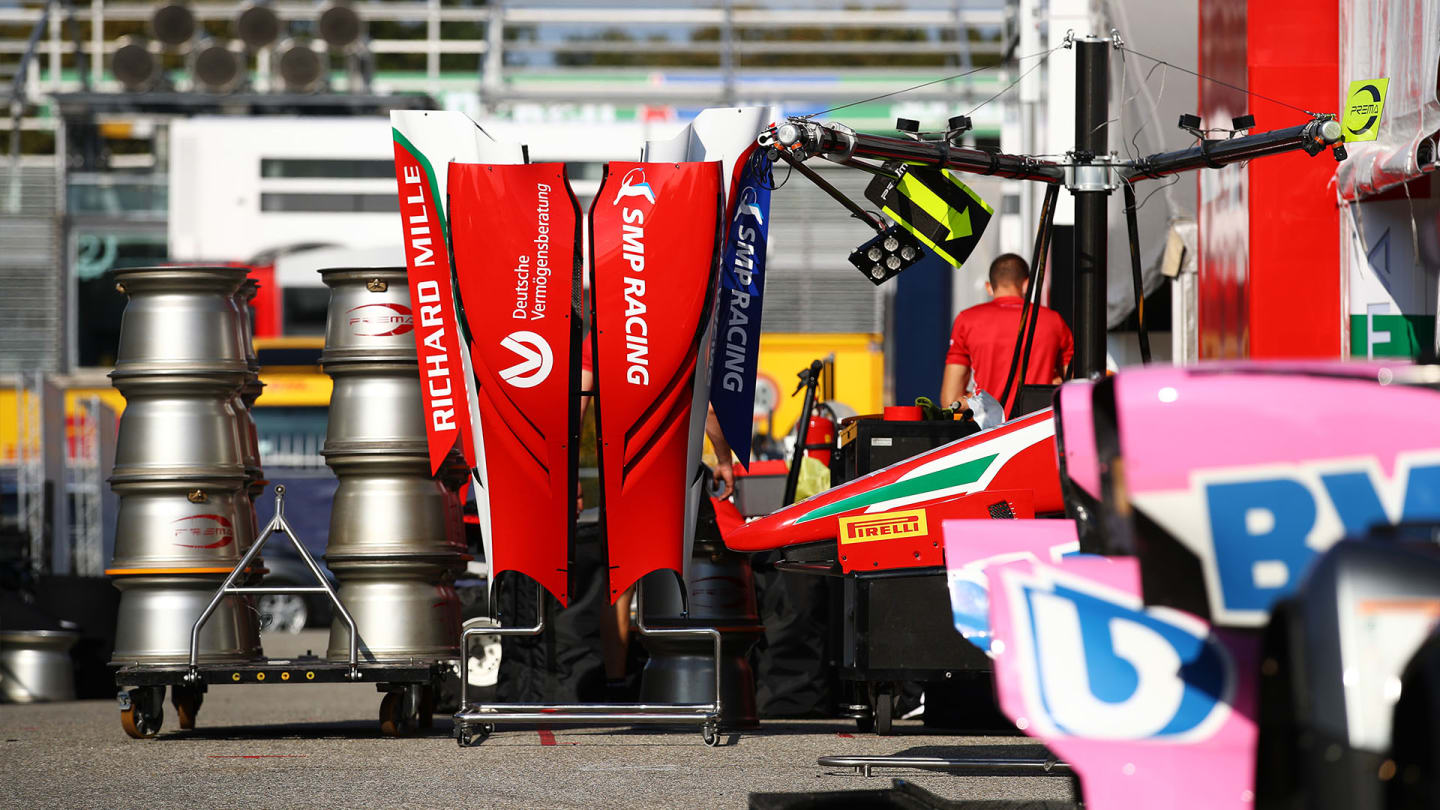
Michel says all teams were asking for some form of cost-cutting measures to be introduced
“But then the Covid arrived, and obviously for the drivers to be able to find sponsors when it's difficult to go racing, where guests and sponsors are not welcome to come because of the situation, of course it made things more difficult for everybody.
“We've been going through many, many years where a lot of other categories disappeared or collapsed – and we've always been trying to be very reactive and flexible on what we need to do to make sure that we can continue… So that's why we really needed to do something… and to take some measures that were going to make a difference, in terms of budget required from the drivers, by the teams, to go racing.”
READ MORE: Tsunoda surprised by physical challenge of F1 car after maiden test, as FP1 debut beckons
Who came up with the changes?
Michel reveals that the measures F2 and F3 will bring in were a mixture of in-house ideas and suggestions from the teams themselves.
“The teams were all asking for some cost-cutting measures, because they understood that the situation was going to get more difficult in 2021 and maybe in 2022,” he says.
“We started to work on that internally, and then I started to discuss it with… a limited number of teams, and then I had the discussion with all the teams one by one… and I had incredibly positive feedback from everybody.
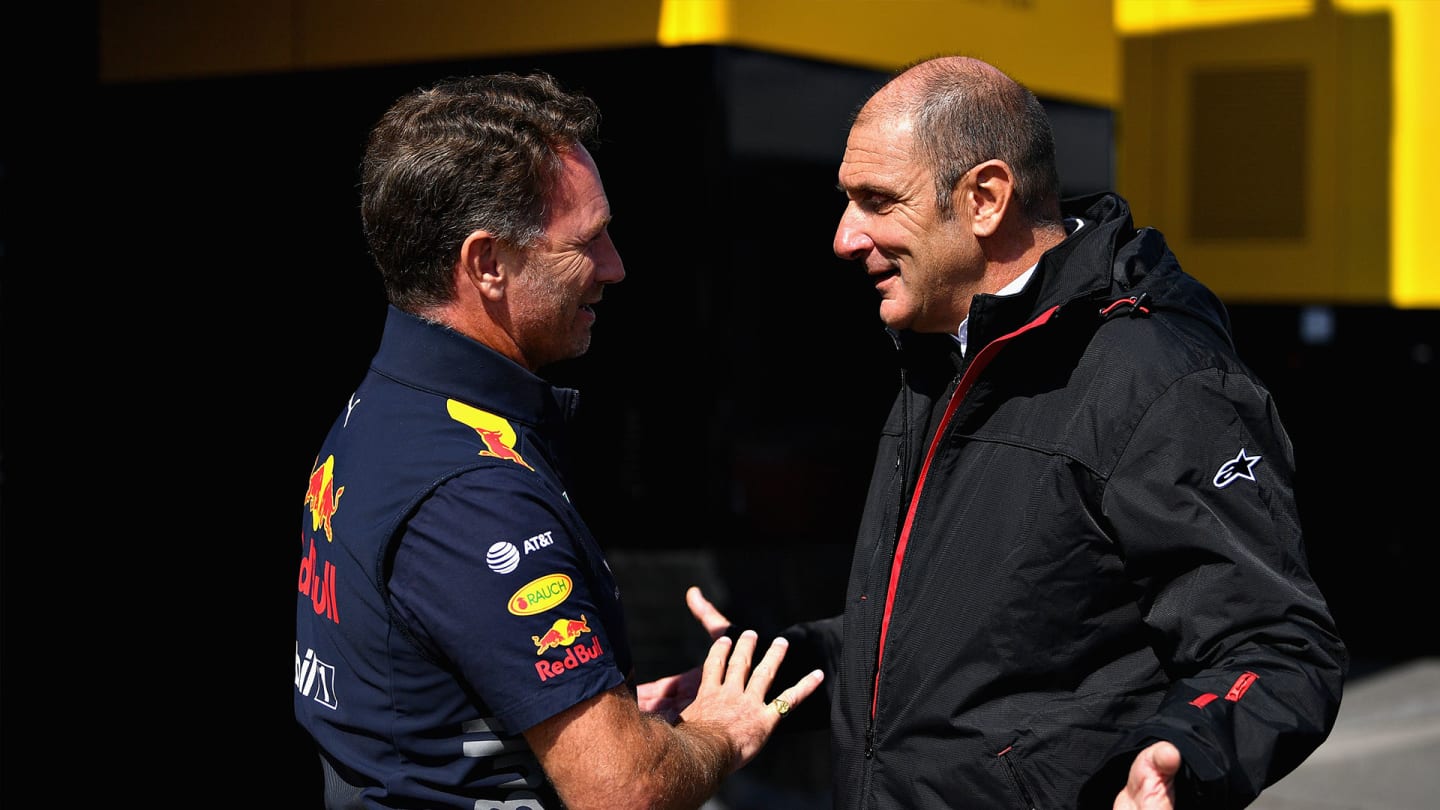
Michel, speaking here with Red Bull Racing boss Christian Horner, said that coming up with the measures had been a collaborative process
“Some teams… made some simulations to see how much money they were going to be able to save and they gave me some feedback which was quite interesting…”
Another key consideration was getting the okay from Formula 1 and the FIA – and Michel says that both of those two organisations backed the plans.
“Of course, I went to discuss it with Chase [Carey] and with Ross [Brawn], who gave me their opinion,” he says. “And also, I had a discussion with the FIA, and with Stefano Domenicali – he's still the FIA Single-Seater Commission President – and Peter Bayer [the FIA’s Secretary General for Motor Sport] to explain to them what we wanted to do, and everybody said that it was the proper way to go.”
READ MORE: Renault say Academy drivers showing ‘upward progression’ after latest Bahrain test
When will we see a new F2 and F3 car?
It won’t surprise you that developing a new Formula 2 and Formula 3 car is a costly undertaking – and Michel, his team and the championships’ teams felt that, in the current climate, it was an unnecessary one. The F2 car was originally slated for a change in 2021, with F3 getting renewed a year later – but those plans are now on hold indefinitely, again, subject to approval from the World Motor Sport Council.
“I think those two cars, F2 and F3, are really doing the job properly,” says Michel, “which is to provide a high-performing car, and being a very good school to get to Formula 1, and allowing the good drivers to shine. And of course, they're delivering very strong racing, because that's also the DNA of the two categories.
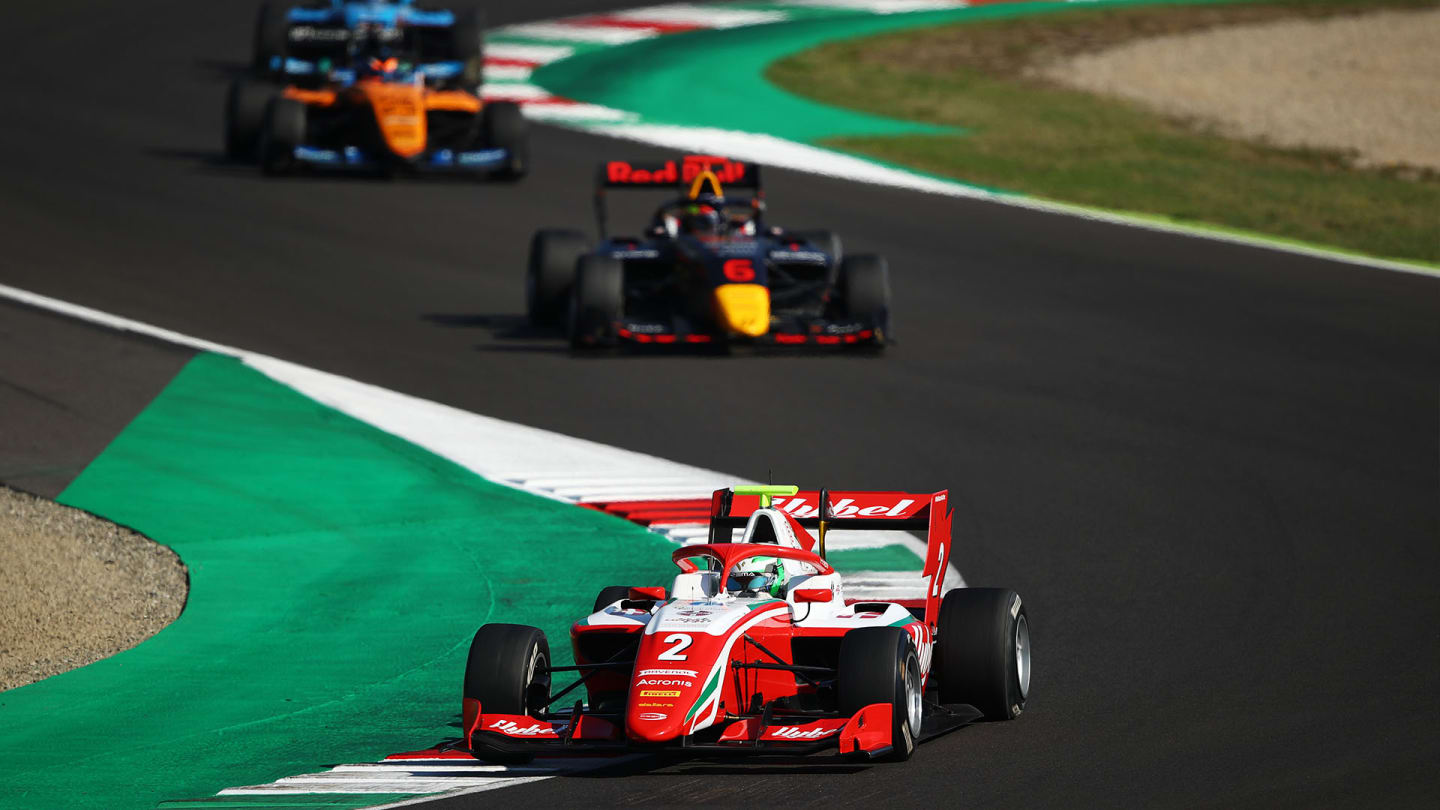
Michel saw no reason to change either the Formula 3 car, pictured, or the Formula 2 one
“If in the future, the economic situation is better and we have a very, very good update – and I'm not talking about safety updates, because this is something that we do all the time – but if we have a good update to put on the car and the economic situation allows it, of course I will discuss it with the teams, and see if we can do it and implement or not… But at the moment, it's not in the plans.”
However, despite keeping those same cars for at least the next few seasons, securing savings for the teams by re-negotiating deals with key suppliers – chiefly Mecachrome and Dallara – was one of the first tasks on the list for Michel and his team – and, says Michel, those suppliers “all played the game and they helped us to do that”.
WATCH: How Oscar Piastri clinched the 2020 Formula 3 title
What will the format of the weekends be like for F2 and F3 in 2021?
That’s something Michel and his team are still working on – but which they hope to finalise in the near-future.
“We will go with three races, that's for sure,” says Michel – adding the caveat that the move was “of course, subject to approval by the World Motorsport Council”.
“There will be two races on Saturday and one on Sunday, that's for sure as well. But now we're still working on the format, Feature Race, Sprint Race, reverse grid… We're still working on that to see what will be the best way to have competitive races with the same spirit as we're having now.”
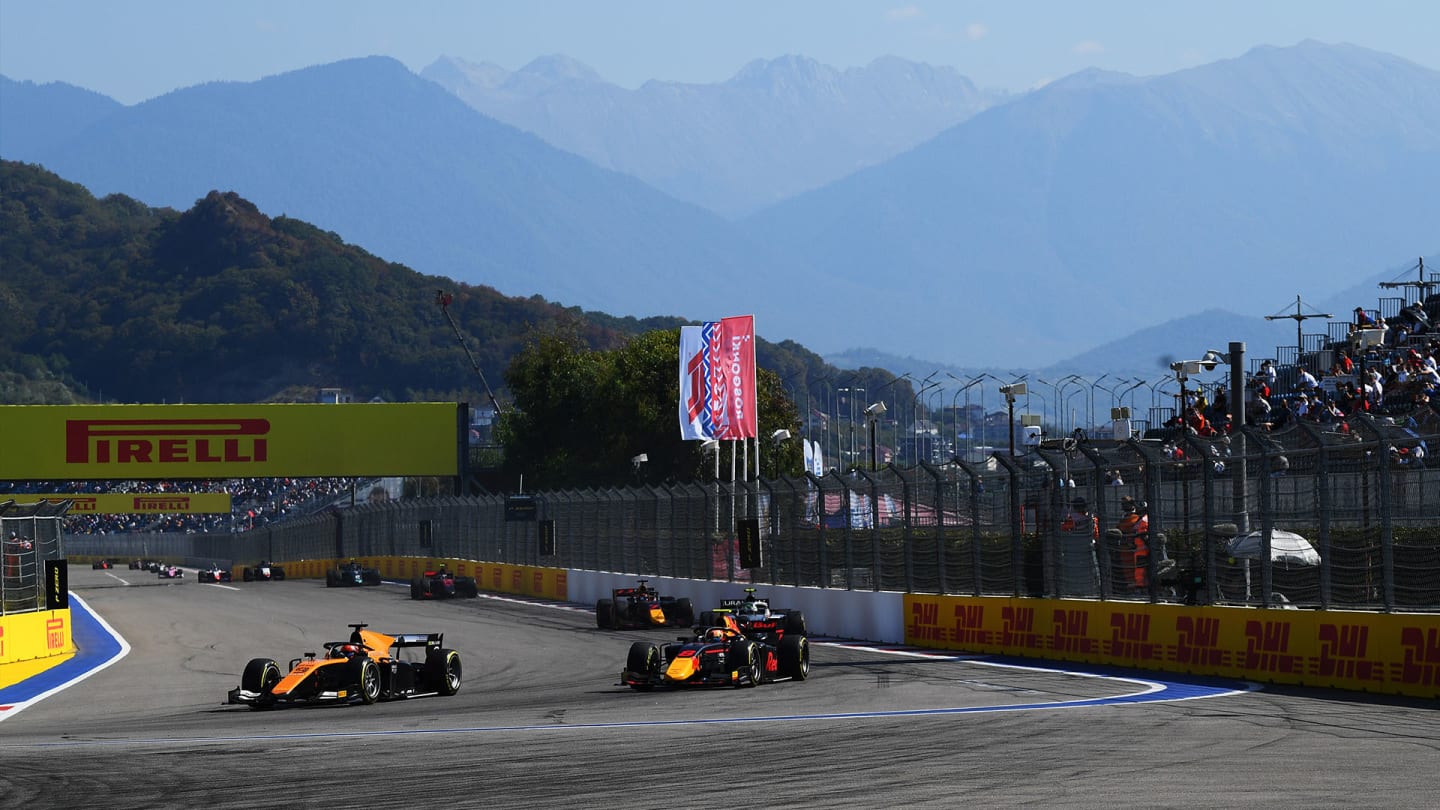
The plan is for F2 and F3 to do three races across a weekend
Michel and his team also have a task on their hands to carefully select the Formula 1 rounds their championships will compete at – an important consideration given the potential for personnel sharing across F2 and F3 teams.
“We will work out a calendar that takes into consideration the fact that we want to have smooth calendars and as few back-to-back races as possible between F2 and F3,” says Michel, “to allow people to do both, and to achieve what we want to achieve.
“We will have some possibilities, because Formula 1 will go with probably more than 20 races, so for us, it's quite simple to pick up 15 of them, and to decide which between F2 and F3 will do it.”
READ MORE: Haas say there’s ‘pros and cons’ to potential all-rookie 2021 line-up
When will the calendar be announced?
For obvious reasons, Formula 2 and Formula 3 won’t be able to confirm their dates until the announcement of the Formula 1 calendar.
But, says Michel, “as soon as we have a finalised Formula 1 calendar, very, very rapidly after, we will announce ours. I cannot give you a date, because I know Formula 1 is still working on it and I don't know when they are going to come out with a calendar – but almost immediately after that we'll come up with ours.”
Click on the links for more from the Formula 2 and Formula 3 championships.
YOU MIGHT ALSO LIKE
News Leclerc explains why Ferrari need to ‘reset expectations’ for Barcelona despite positive Monaco weekend
Report F2: Lindblad in scintillating form as he takes maiden pole in Barcelona

Video HIGHLIGHTS: Watch the action from FP1 in Spain as Norris sets early pace over Verstappen
Live Blog AS IT HAPPENED: Follow all the build-up ahead of the Spanish Grand Prix weekend
